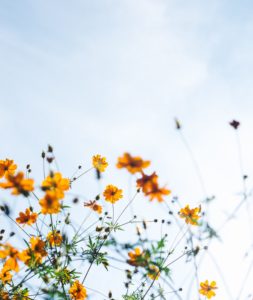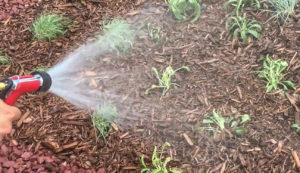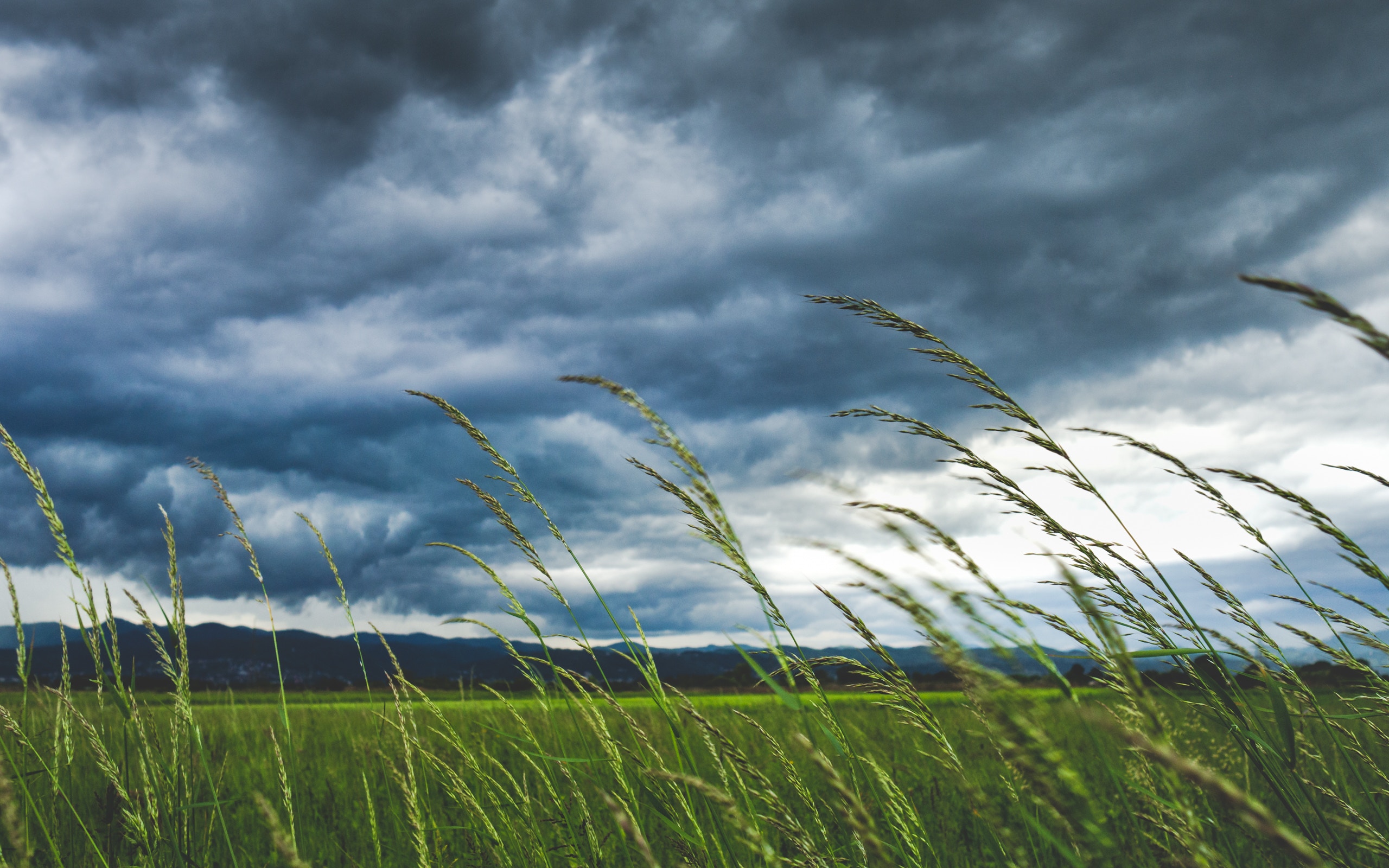Ask Miss Jean!

Jean Lovell, long-time Resource Central volunteer and former master gardener, tackles your gardening questions!
Submit your question(s) for Miss Jean to: GardenInfo@ResourceCentral.org
Q: How can I prevent damage to my garden from Colorado’s erratic weather?
A: During Colorado’s summer months, most of the environmental damage to our plants is temperature and moisture related. Intense sunlight and high temperatures, abetted by winds, dry out the soil and strip plants of moisture. This often leads people to overwater. Learn how to prevent or lessen the damage caused by these common culprits.
 Heat damage runs the gamut:
Heat damage runs the gamut:
– Wilting (drooping or shriveled leaves) due to sunburn or “leaf scorch” (dry, brown patches on leaves or their margins that ultimately fall off)
– Heat stress (leaves and buds dropping)
– Sunscald (cracked, discolored, warped bark). Because damage from sunburn through sunscald is irreversible, prevention is imperative.
Here are some tips!
• “Right plant, right place.” Choose plants adapted to your light conditions, water-wise plants, and native plants when available.
• No planting during peak heat – wait for cooler weather or morning/evening – then water deeply.
• Place plants where they get some afternoon shade.
• Spread 1 to 2 inches of organic mulch around the plants to conserve moisture and cool the soil. Use inorganic mulches only around desert plants; they radiate heat.
• Proper watering: In the early morning before the sun hits its peak, and deep enough to soak the top 6 inches of soil, and infrequently – when the top 2 inches are dry.
• Avoid heavy pruning of trees and shrubs in summer.
• Use shade cloths as needed.
• Avoid dark colored containers for potted plants.
Drought injury occurs when more water is lost through the leaves than the roots can replace. The most common signs are discolorations between veins or along leaf margins. Evergreens may show browning of needle tips starting at the top and/or outer branches. Drought injury is compounded by heat, wind, and overwatering.
Wind not only dries plants out, but it tears leaves and breaks branches. These injuries can increase a plant’s susceptibility to heat damage. A common solution – create a windbreak! They are effective to about 6 times the height of the plant while still allowing the passage of some air. Some possibilities include: mature hedges, lattice screens and perforated plastic sheets.
Weather, like rain, lightening and hail, is another big danger to Colorado gardens. There really isn’t anything we can do prevention-wise about the first two, but hail is another matter. When hail is in the forecast:
• Move container plants to sheltered areas.
• Cover plants with 5 gallon buckets or large pans weighed down with a brick or large stone, even a garbage can for large plants.
• Cover with tarps suspended on stakes or lawn furniture.
• Have covers ready to go when hail is on the way, and remove immediately after the weather clears.
 Overwatering simply stated, drowns plants, leaving soil without enough air pockets for roots to take up the oxygen necessary for root development. The result shows as wilting plants in spite of wet soil.
Overwatering simply stated, drowns plants, leaving soil without enough air pockets for roots to take up the oxygen necessary for root development. The result shows as wilting plants in spite of wet soil.













